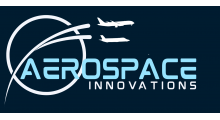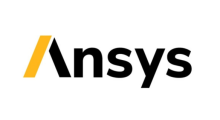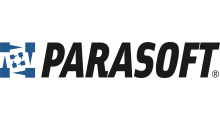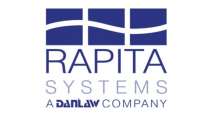MISRA C in an ISO 26262 context
Andrew Banks
Technical Specialist, LDRA Limited, and Chairman, MISRA C Working Group
Until recently, embedded software applications in vehicles tended to be static, fixed-function, device-specific implementations. In the current environment of ever-quickening technological change, morphism and evolution are the order of the day. Now we see manufacturers and service providers seeking to monitor, upgrade, enhance and supplement software implementation on a continuous basis. As vehicle systems become more complex, and safety and security considerations are addressed by the standards community, developers need applicable guidance to achieving those requirements.
ISO 26262 remains a constant foundation in the midst of this flux, defining the benchmark standard for functional safety across the vehicle life-cycle. The second edition of ISO 26262 has seen an enhancement and revamp of Part 6, which presents extensive recommendations for the software development phase. The use of a language subset to eliminate language-level vulnerabilities lies at the heart of these recommendations.
From its inception, MISRA C has been inextricably linked to the need to meet automotive functional safety requirements. This relationship is reflected in the two editions of ISO 26262, both of which suggest the use of MISRA C.
In this presentation the chairman of the MISRA C Working Group, Andrew Banks, will discuss the relationship between ISO 26262 and MISRA C. He will explain how MISRA C helps achieve the ISO 26262 goal of safer and more secure automotive software. And he will detail how adherence to MISRA C contributes to the development of the safety case required by ISO 26262 for systems whose malfunction may lead to an unreasonable level of risk.

















